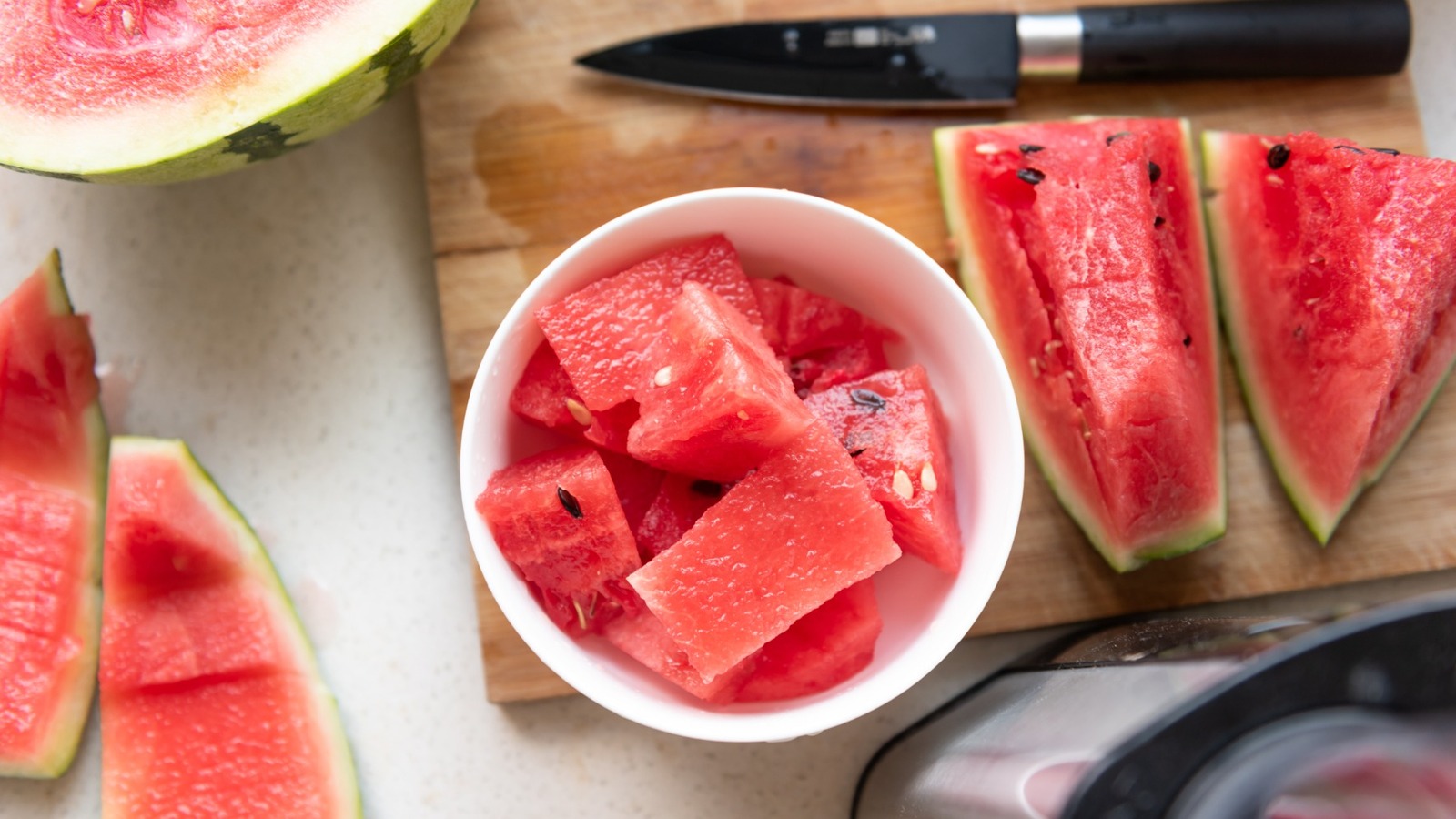
"Lycopene is a natural pigment. You can find it, or similar compounds like beta-carotene, in all kinds of fruits and vegetables. Tomatoes are red thanks to lycopene, and that deep, pink shade in watermelon is also caused by the same pigment. Humans don't need lycopene to survive, but it still offers health benefits because it's an antioxidant. All carotenoids are powerful natural dyes. Astaxanthin, a pigment that's made from lycopene in nature, is responsible for the pink color in both flamingos and salmon. They get this solely from the food they eat. The lycopene in tomatoes can even stain plastic."
"The big problem with lycopene is that it's a fat-soluble pigment. That means it doesn't easily come out in water. The molecules embed themselves in fabric and stick together, resisting soap and water. If you wash a lycopene-stained garment, whether from watermelon or tomato sauce, that stain will probably still be there afterward. And you can keep cleaning it, but the stain simply won't go anywhere. If you use hotter water, the stain may actually embed even deeper."
Lycopene is a fat-soluble natural pigment that gives watermelon its deep pink color and appears in many fruits and vegetables. The pigment acts as an antioxidant and forms powerful natural dyes, produced in nature and transferred through diet in animals like flamingos and salmon. Because lycopene is fat-soluble, its molecules embed in fabric fibers and resist removal by water and soap. Washing stained garments often fails, and using hotter water can set the stain more deeply. The most effective approach is to treat watermelon juice stains like grease stains and act promptly with cold water and blotting.
Read at Tasting Table
Unable to calculate read time
Collection
[
|
...
]